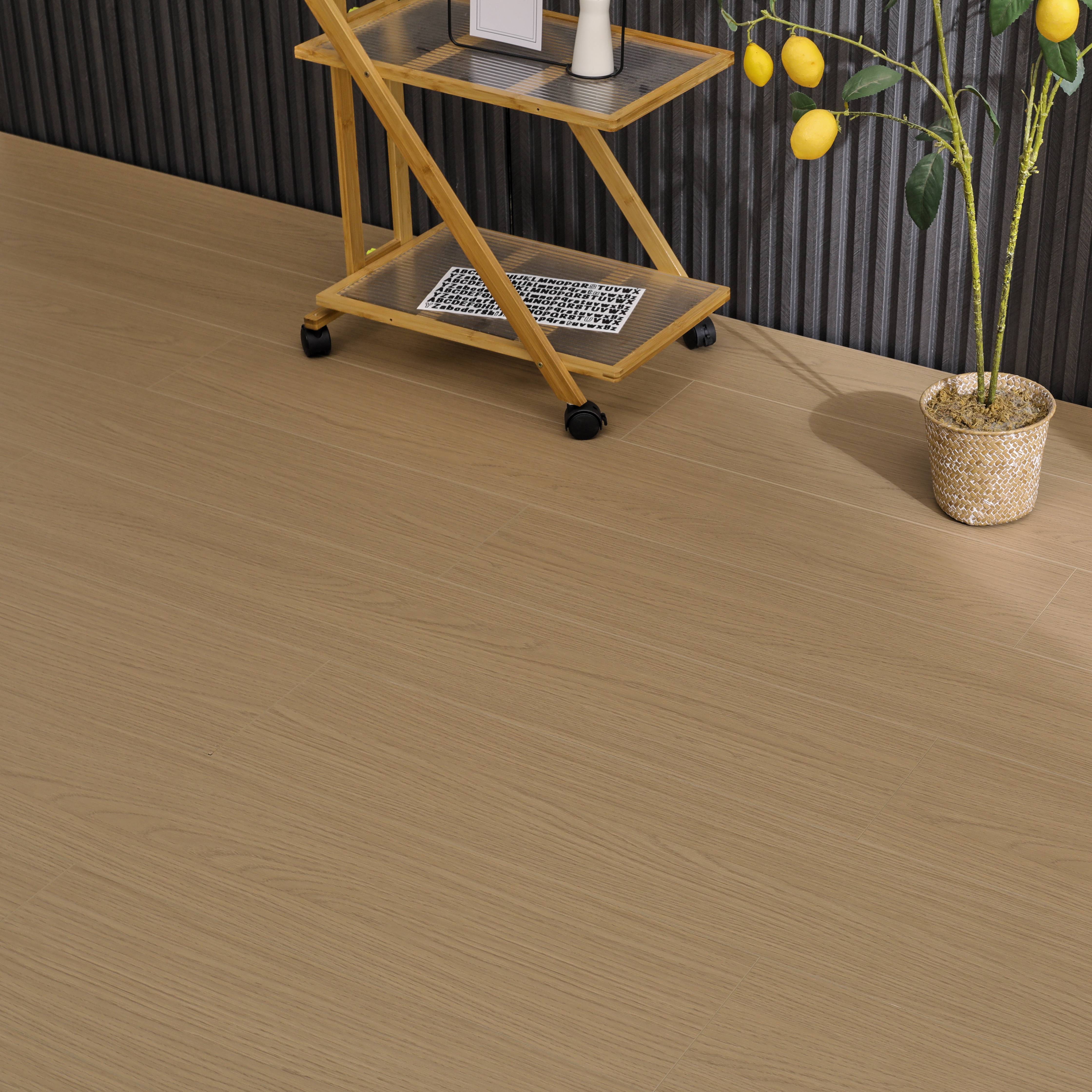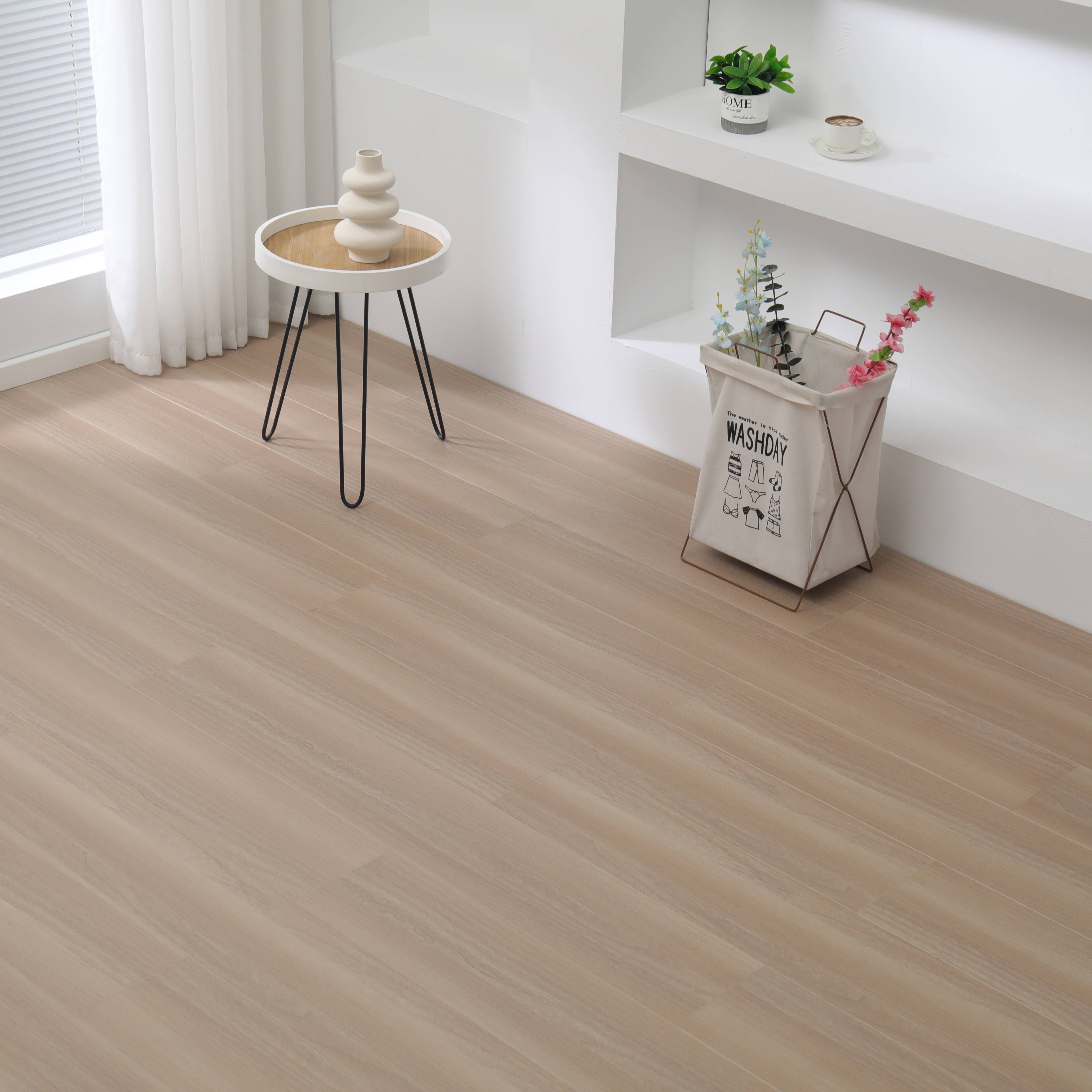High-traffic commercial and residential spaces face constant challenges when it comes to maintaining floor integrity and appearance. Traditional flooring solutions often struggle to withstand the continuous wear, spills, and contamination that characterize busy environments. An anti-fouling floor represents a revolutionary approach to addressing these challenges, incorporating advanced surface technologies and materials that actively resist staining, bacterial growth, and general contamination while maintaining exceptional durability standards.
The engineering behind anti-fouling technology extends beyond simple surface coatings, encompassing molecular-level modifications that create hostile environments for contaminants. These specialized flooring systems utilize hydrophobic and oleophobic properties to repel both water-based and oil-based substances, preventing penetration into the substrate material. This fundamental resistance mechanism ensures that spills remain on the surface for easy cleanup while protecting the underlying floor structure from long-term damage and degradation.
Advanced Surface Technology in Anti-Fouling Systems
Molecular Engineering Principles
The foundation of effective anti-fouling floor technology lies in sophisticated molecular engineering that modifies surface energy characteristics. These systems incorporate specialized polymers and nano-coatings that create microscopic surface textures designed to minimize adhesion points for contaminants. The molecular structure forms a barrier that prevents biological materials, oils, and other substances from establishing permanent bonds with the flooring surface, ensuring easier maintenance and extended lifespan.
Advanced manufacturing processes integrate these anti-fouling properties directly into the floor material rather than relying solely on topical treatments. This integration ensures that the protective characteristics remain effective throughout the product's lifecycle, even as the surface experiences normal wear patterns. The result is a flooring solution that maintains its resistance properties without requiring frequent reapplication of protective coatings or specialized maintenance procedures.
Hydrophobic and Oleophobic Properties
Modern anti-fouling floor systems exhibit both hydrophobic and oleophobic characteristics, providing comprehensive protection against diverse contamination sources. The hydrophobic properties repel water-based substances, preventing absorption that could lead to warping, swelling, or bacterial growth within the floor structure. This water resistance proves particularly valuable in environments where spills are frequent or humidity levels fluctuate significantly throughout daily operations.
Oleophobic characteristics complement water resistance by repelling oil-based substances that traditionally prove challenging for conventional flooring materials. This dual-resistance approach ensures that kitchen grease, industrial lubricants, cosmetic products, and other oil-based contaminants cannot penetrate the surface. The combination of these properties creates a comprehensive protective barrier that maintains floor integrity while simplifying cleaning and maintenance protocols for facility management teams.
Durability Enhancement Mechanisms
Wear Resistance Technology
High-traffic environments demand flooring solutions that can withstand constant foot traffic, wheeled equipment, and potential impact damage without compromising structural integrity. Anti-fouling floor systems incorporate advanced wear-resistant technologies that extend far beyond traditional surface hardness measurements. These systems utilize multi-layer construction techniques that distribute stress loads across the entire floor thickness, preventing localized wear patterns that typically develop in conventional flooring materials.
The wear resistance characteristics of these specialized floors result from carefully engineered material compositions that balance flexibility with hardness. This balance allows the flooring to absorb impact energy without cracking or chipping while maintaining sufficient rigidity to prevent indentation from heavy equipment or furniture. The integration of reinforcing fibers and impact-resistant additives ensures that the floor maintains its protective properties even under extreme usage conditions.
Chemical Resistance Properties
Chemical resistance represents a critical durability factor for anti-fouling floor systems, particularly in commercial and industrial applications where cleaning chemicals, sanitizers, and operational fluids may contact the surface. These floors incorporate chemical-resistant polymers and stabilizers that prevent degradation when exposed to common cleaning agents, disinfectants, and mild industrial chemicals. This resistance ensures that regular maintenance procedures do not compromise the floor's anti-fouling properties or structural integrity.
The chemical resistance extends beyond passive protection to include active stability under exposure conditions. Anti-fouling floors maintain their molecular structure and surface characteristics when subjected to pH variations, solvent exposure, and oxidizing agents commonly used in sanitization procedures. This stability ensures consistent performance throughout the product lifecycle while supporting intensive cleaning regimens required in healthcare, food service, and manufacturing environments.
Performance Advantages in High-Traffic Applications
Maintenance Efficiency Benefits
The implementation of anti-fouling floor systems dramatically reduces maintenance requirements and associated operational costs for facility managers. The surface resistance properties prevent deep penetration of contaminants, allowing standard cleaning procedures to achieve superior results with less time and effort. This efficiency translates directly into reduced labor costs and minimized disruption to normal business operations during maintenance periods.
Traditional flooring materials often require specialized cleaning products, intensive scrubbing, or periodic deep cleaning treatments to maintain acceptable appearance and hygiene standards. Anti-fouling systems eliminate many of these requirements through their inherent resistance to staining and contamination buildup. Regular maintenance typically involves simple mopping or sweeping procedures, with occasional use of standard cleaning solutions for more thorough sanitization as needed.

Long-Term Cost Effectiveness
While initial investment costs for anti-fouling floor systems may exceed those of conventional alternatives, the long-term financial benefits provide substantial return on investment for property owners and facility managers. Reduced maintenance requirements, extended replacement intervals, and improved operational efficiency combine to create significant cost savings over the product lifecycle. These savings often offset initial premium costs within the first few years of operation.
The durability characteristics of anti-fouling floors reduce the frequency of major floor renovations and replacement projects that typically disrupt business operations and generate substantial expenses. Extended service life, combined with maintained appearance quality, supports property values and reduces long-term capital expenditure requirements. This financial advantage proves particularly valuable for commercial properties where flooring condition directly impacts tenant satisfaction and rental rates.
Installation and Implementation Considerations
Substrate Preparation Requirements
Successful implementation of anti-fouling floor systems requires careful attention to substrate preparation and installation procedures to ensure optimal performance characteristics. The existing floor condition, moisture levels, and structural stability must meet specific requirements before installation can proceed. Proper substrate preparation includes thorough cleaning, moisture testing, and any necessary repairs to create an optimal foundation for the new flooring system.
Professional installation teams utilize specialized tools and techniques to ensure proper adhesion and sealing of anti-fouling floors. The installation process often involves multiple steps including primer application, adhesive selection, and finishing procedures that must be completed within specific timeframes and environmental conditions. Proper installation directly impacts the long-term performance and warranty coverage for these specialized flooring systems.
Environmental Adaptation Factors
Anti-fouling floor systems must accommodate various environmental conditions including temperature fluctuations, humidity variations, and exposure to natural light that could affect material properties over time. Modern systems incorporate stabilizers and additives that maintain consistent performance across diverse environmental conditions while preventing degradation from ultraviolet exposure or thermal cycling that commonly occurs in commercial facilities.
Climate considerations influence both material selection and installation timing for anti-fouling floor projects. Extreme temperatures or humidity levels during installation can affect adhesive curing, material expansion, and final surface characteristics. Professional installers evaluate environmental conditions and adjust procedures accordingly to ensure optimal results and long-term performance stability for the completed flooring system.
Industry Applications and Use Cases
Healthcare and Medical Facilities
Healthcare environments present unique challenges for flooring systems due to strict hygiene requirements, chemical exposure from cleaning agents, and high traffic volumes from staff, patients, and equipment. Anti-fouling floor technology addresses these challenges through superior resistance to bacterial growth, easy sanitization procedures, and durability under intensive cleaning regimens required for medical facilities.
The seamless surface characteristics of anti-fouling floors eliminate grout lines and surface irregularities where bacteria and contaminants typically accumulate in traditional flooring systems. This smooth surface design supports infection control protocols while maintaining slip-resistant properties essential for patient and staff safety. The chemical resistance properties ensure compatibility with hospital-grade disinfectants and cleaning procedures without surface degradation or performance loss.
Commercial Kitchen and Food Service
Food service environments demand flooring solutions that can withstand grease, oils, acidic substances, and frequent washdown procedures while maintaining safe walking surfaces for kitchen staff. Anti-fouling floor systems excel in these applications through superior resistance to oil penetration, easy cleanup of spills, and maintained slip resistance even when wet. These characteristics support food safety protocols while reducing slip-and-fall incidents.
The temperature resistance of anti-fouling floors proves valuable in kitchen environments where hot liquids, steam, and temperature variations are common occurrences. The flooring maintains its structural integrity and surface properties under these thermal stresses while continuing to provide effective resistance to contamination and staining. This performance consistency ensures reliable operation throughout demanding service periods in commercial kitchens.
FAQ
How long does an anti-fouling floor system typically last in high-traffic areas
Anti-fouling floor systems typically provide 15-25 years of service life in high-traffic commercial applications when properly installed and maintained. The exact lifespan depends on traffic volume, maintenance practices, and environmental conditions, but these systems consistently outperform conventional flooring materials by 2-3 times in durability testing. Regular maintenance and prompt attention to any damage can extend service life beyond typical expectations.
Can anti-fouling floors be installed over existing flooring materials
Many anti-fouling floor systems can be installed over existing substrates including concrete, ceramic tile, and some resilient flooring materials, provided the existing surface is structurally sound and properly prepared. However, the substrate must meet specific flatness, cleanliness, and moisture requirements for optimal adhesion and performance. Professional evaluation of existing conditions is essential to determine feasibility and ensure warranty coverage.
What maintenance procedures are required for anti-fouling floors
Routine maintenance for anti-fouling floors typically involves daily sweeping or dust mopping, weekly damp mopping with neutral pH cleaners, and periodic deep cleaning as needed based on traffic and contamination levels. The anti-fouling properties significantly reduce cleaning time and chemical requirements compared to conventional floors. Avoid abrasive cleaners or tools that could damage the surface, and follow manufacturer recommendations for specific cleaning products and procedures.
Are anti-fouling floors suitable for outdoor applications
While many anti-fouling floor systems are designed primarily for interior use, specialized formulations are available for outdoor and semi-outdoor applications. These exterior-grade systems incorporate additional UV stabilizers and weather-resistant additives to maintain performance under direct sunlight, temperature extremes, and moisture exposure. Proper product selection and installation techniques are critical for outdoor success, requiring consultation with manufacturers regarding specific environmental conditions and performance expectations.


